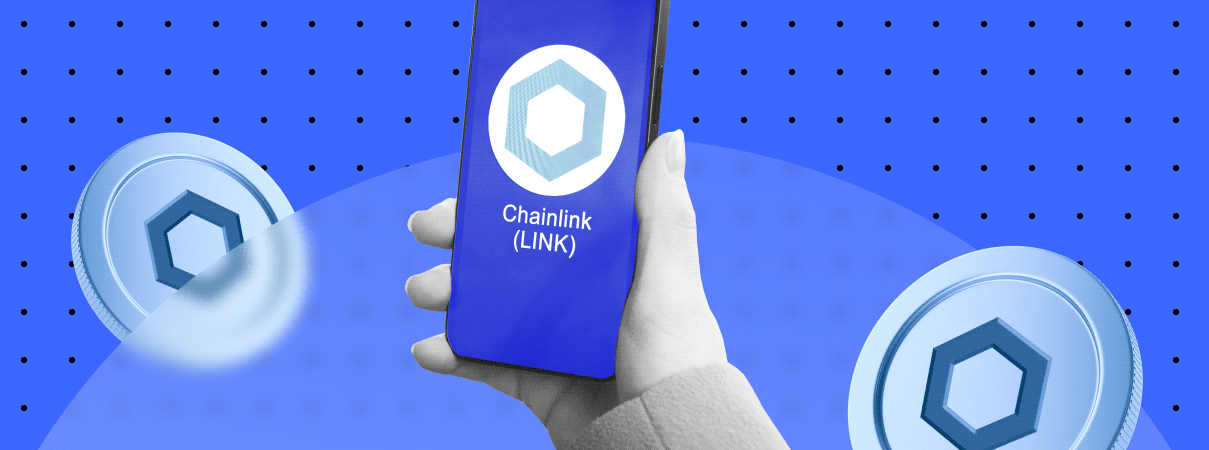In fact, blockchain performs the same function today – it allows assets to be exchanged electronically, recording the facts and details of a transaction without the ability to make any changes to those records later – you can only add new records. This makes it possible for all clients on the network to reach a consensus, without having to rely on anyone else.
A blockchain is literally “a chain of blocks.” A block in this scheme is information about a series of transactions recorded in a distributed ledger. All data about a particular transaction is recorded in a block. There are identifiers for both the sender and recipient, the time, and the transfer amount. A chain is an unbroken sequence of blocks, so anyone can track the entire transaction history of a particular asset, all the way back to its origin.
Assets and Transactions
Blockchain technology has potential in many areas related to recordkeeping. It is most actively used to record and transfer ownership of certain assets.

Asset equivalents do not just include money, but also any real, or virtual, movable or immovable property. The transfer of assets from one owner to another is a transaction. When we talk about blockchain-based services, this means that transaction records are kept in blocks of a distributed ledger system, which minimizes the possible risks for each party.
Distributed Registries and Consensus
The chain of transactions is not stored in a single center, but simultaneously on all computers of users involved in the network activity. Consequently, the larger the network, the more stable and reliable its operation.
If a computer has been without Internet access for a long time, all the missing blocks are automatically added when the connection is restored – this is the consensus procedure. It does not allow individual users to cheat by making changes in block records and passing them off as being correct. The system correctly recognizes the variant that is recorded by the majority.
Cryptocurrencies and Miners
Cryptocurrency is a specific type of digital money. It is operated by an automated payment system without a single center. Blockchain and distributed ledger technology are the main technical means of implementing cryptocurrency. However, today, they are no longer the only ones.
In the case of cryptocurrencies, users who create a network of distributed ledgers are called miners. It is these miners, or rather their processing power, who are involved in the processes of adding blocks to the chain and the functioning of a consensus system.

Efficient mining today requires specialized software and high-performance processing facilities. You’ve probably heard the news about the hype in the video card market related to cryptocurrency “mining.”
Cryptocurrency mining is an algorithm that rewards the first miners who, with the help of enough processing power, are able to solve a mathematical problem proposed by the network, such as generating a new block. In fact, this is how cryptocurrency is issued, and the more powerful the computer is, the more likely it is that the system will present the solution of a particular problem and give a reward for it.
Privacy and Security
Cryptocurrency is stored in special wallets, which contain individual identifiers and the entire history of transactions of a particular “participant” of the network. A user can have any number of wallets, which in the case of cryptocurrencies are private. It is impossible to find out who is behind a particular identifier or who uses it as a means of payment, unless the user themselves disclose that information.
This can also be a danger, because losing your wallet number or password means losing your money. According to statistics, about 20% of all bitcoins today are stored in such wallets.

The wallets are protected by cryptographic encryption. On the one hand, this increases the security of their use, but on the other hand, it makes it impossible to restore lost access.
Transactions are also cryptographically protected, which eliminates the possibility of them being captured or falsified by cybercriminals.
Cryptocurrencies are currently the most secure means of payment, and the cases of hacking of such wallets are always related to the human factor – carelessness and credulity of the users themselves.










